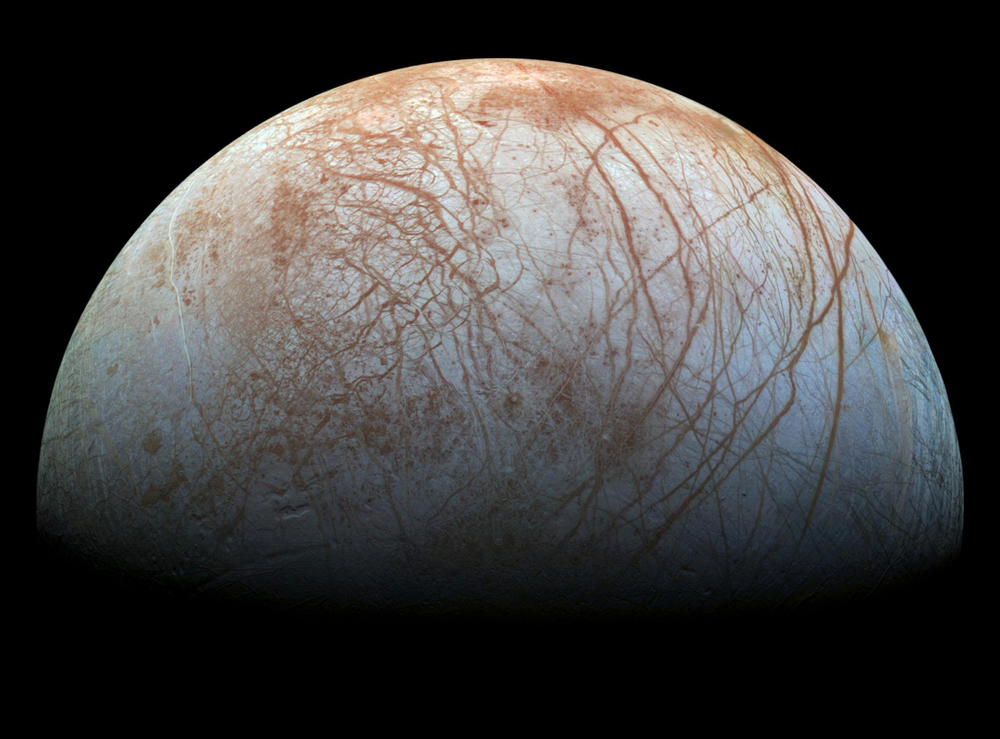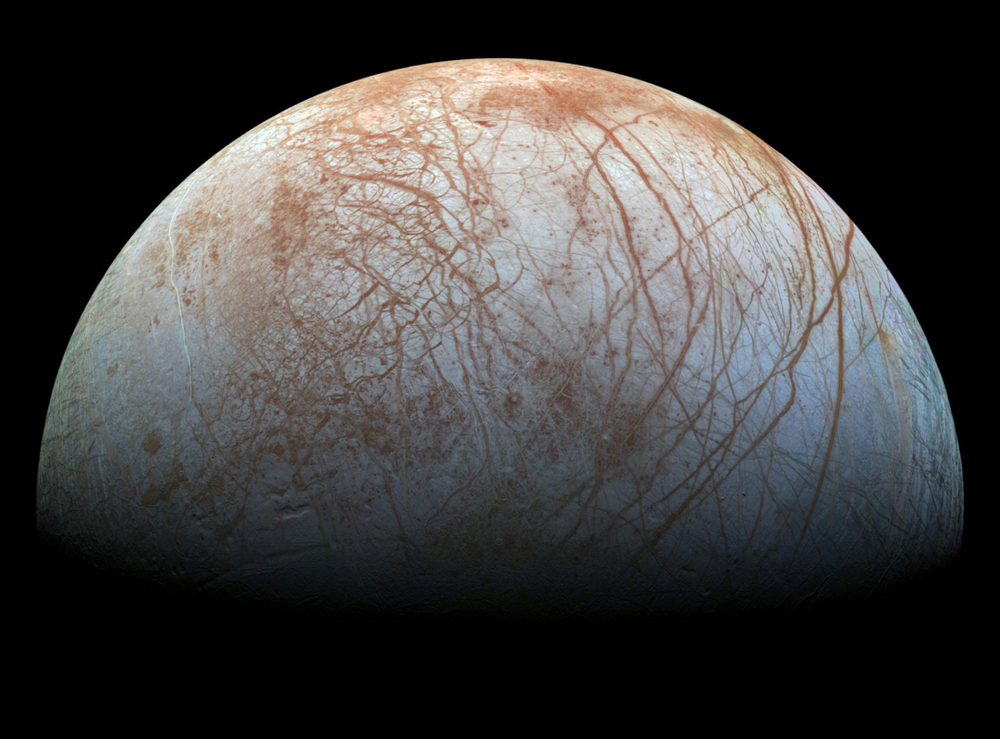
An ambitious space project is underway to help answer a fundamental question about our universe: Does life exist elsewhere in the solar system?
On April 14 Jupiter Icy Moons Explorer (JUICE) started successfullyoverlooking the largest planet in our orbit.
After 13 years in the making, the craft left the European Space Agency’s spaceport in Kourou, French Guiana.
Mission JUICE
(Illustration credit: Shutterstock/joshimerbin)
The mission is scheduled to arrive in the Jupiter system (ie the region of our outer planets) in mid-2031. But the craft will perform a number of maneuvers on the road to Jupiter and its moons.
Notably, this will be the first craft to perform a lunar-Earth gravity assist, taking advantage of the moon’s gravity to slingshot it to its destination, saving a significant amount of fuel during its journey.
“JUICE will achieve a number of solar system firsts,” says Athena Koustenis, an astrophysicist who specializes in planetary science and was involved in the development of the JUICE mission.
Read more: The Lonely Universe: Is life on Earth just a happy accident?
Moons of Jupiter with water
After the lunar slingshot, JUICE will head to Ganymede, Europa and Callisto in orbit around Jupiter.
These three Jovian moons are of greatest interest to scientists because they may harbor extensive reservoirs of liquid water.
“This will be the first spacecraft ever to orbit a moon other than our own, Jupiter’s largest moon Ganymede,” says Kostenis. “After two flybys of Europa and 21 flybys of Callisto, the mission will conclude with a special nine-month orbital tour around Ganymede, during which the spacecraft will conduct detailed studies of this moon and its environment.”
The spacecraft will also perform extensive new studies of Jupiter’s atmosphere and magnetosphere and their relationship with the planet’s moons to help understand the dynamics of the system and how it evolved.
Read more: Astronomers capture water erupting from the fins of Jupiter’s icy moon Europa
Oceans beneath the surface of icy moons
(Illustration credit: Shutterstock/Jurik Peter)
Although they lie outside Goldilocks Zone — which refers to an ideal distance from a star that would keep water in liquid form — Ganymede, Europa and Callisto are expected to contain liquid water oceans beneath their surface.
This is partly due to the constant stretching and compression of the moons in conjunction with their strong tidal interaction with Jupiter. The friction created by this interaction is thought to generate enough heat to keep water below the surface in liquid form.
Additional, radioactive decay of heavy elements in the moons’ cores could provide a source of heat.
“The mission will characterize the three moons both as planetary objects, highlighting their unique features, and as possible habitats [by] exploring their astrobiological potential,” adds Kustenis.
The voyage will also explore Jupiter’s complex environment and study its wider system as an archetype for gas giants in the universe, including in other exoplanet systems.
Read more: There are probably four rocky planets in the habitable zones of nearby sun-like stars
Specialized instruments on the Jupiter rocket
Once it reaches the system, JUICE will perform a series of measurements with instruments that are specially designed to handle exposure to intense radiation.
The JUICE payload consists of 10 state-of-the-art technologies.
These include spectral imaging instruments that can read ultraviolet and submillimeter wavelengths and radar to study the surface and subsurface of the moons.
The overall mission is an international collaboration, with multiple people from different areas of expertise and countries coming together to work toward a common goal.
Simultaneous missions Europe
(Credit: Will hilton-kent/Shutterstock)
The endeavor also overlaps with NASA’s soon-to-be-launched one Europa Clipper missiondesigned to place a radiation-resistant reconnaissance craft in orbit around Europa.
Together, these efforts aim to provide groundbreaking new insights into the Jovian system, which should help answer a variety of burning questions in the scientific community.
Finding large bodies of liquid water, organic matter and energy sources on any or all three Galilean icy moons could indicate that habitable conditions exist further from the sun than traditional models of the “habitable zone” in our solar system.
“This will help us look for signs of life in the right environment during future surveys,” says Kustenis.
Read more: The biggest space missions to look for in 2023

